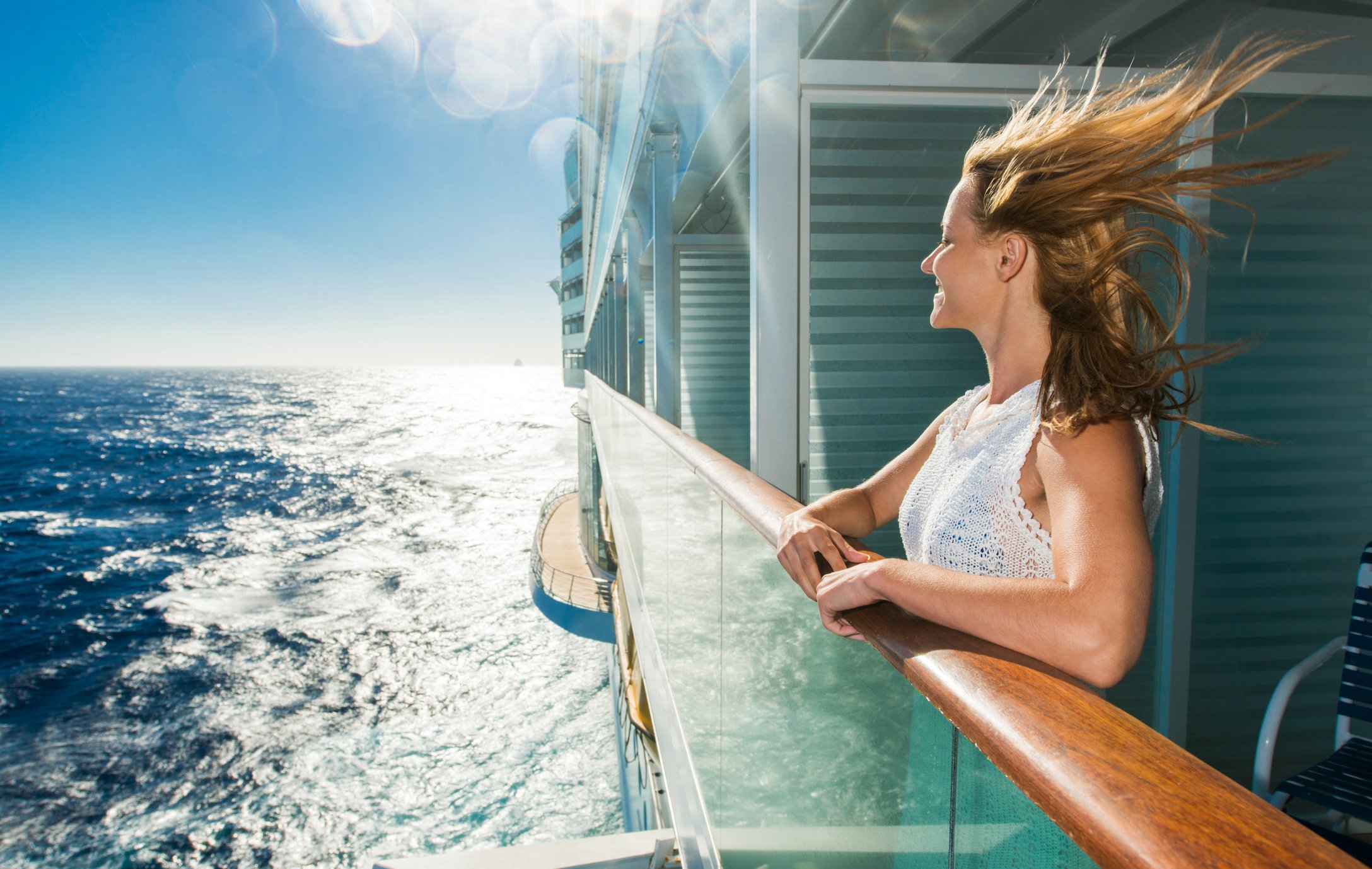What happened
Shares of Norwegian Cruise Line Holdings (NCLH +0.66%) climbed nearly 5% on Thursday, following the release of the cruise company's first-quarter results.
So what
With its ships stuck in port due to the coronavirus-related sailing restrictions, Norwegian generated a staggering net loss of $1.88 billion, or $8.80 per share, in the first quarter. Even after adjusting for a $1.6 billion impairment charge, Norwegian's adjusted net loss came in at $0.99 per share. That was far worse than the $0.28 loss Wall Street had expected.
Still, investors appear to be taking solace in Norwegian's statement that it's "well-positioned to withstand over 18 months of voyage suspensions" after raising cash via stock sales and debt offerings.
"Our swift actions to preserve cash and secure additional liquidity in this uncertain environment provide a strong foundation to withstand the operational and financial impact of COVID-19," CFO Mark Kempa said in a press release. "Our focus on strengthening the balance sheet and strong financial track record were instrumental in our successful capital raise. We are confident the company can navigate through an unlikely extended zero revenue scenario and emerge in a strong position."

Norwegian Cruise Line Holdings says it can stay afloat even if its ships can't sail for another 18 months. Image source: Getty Images.
Now what
Norwegian said that people were booking cruises further in advance, hoping that the COVID-19 crisis would eventually end. The company also said it was working to make its ships safe during the pandemic.
"Our guests continue to demonstrate their desire for cruise vacations, and we continue to experience demand for voyages further in the future across our three brands," CEO Frank Del Rio said. "As we prepare to resume sailings, we are working around the clock alongside U.S. and global public health agencies and governments to develop and implement the next level of enhanced cruise health and safety standards."





